Larch
Latin Name : Larix decidua
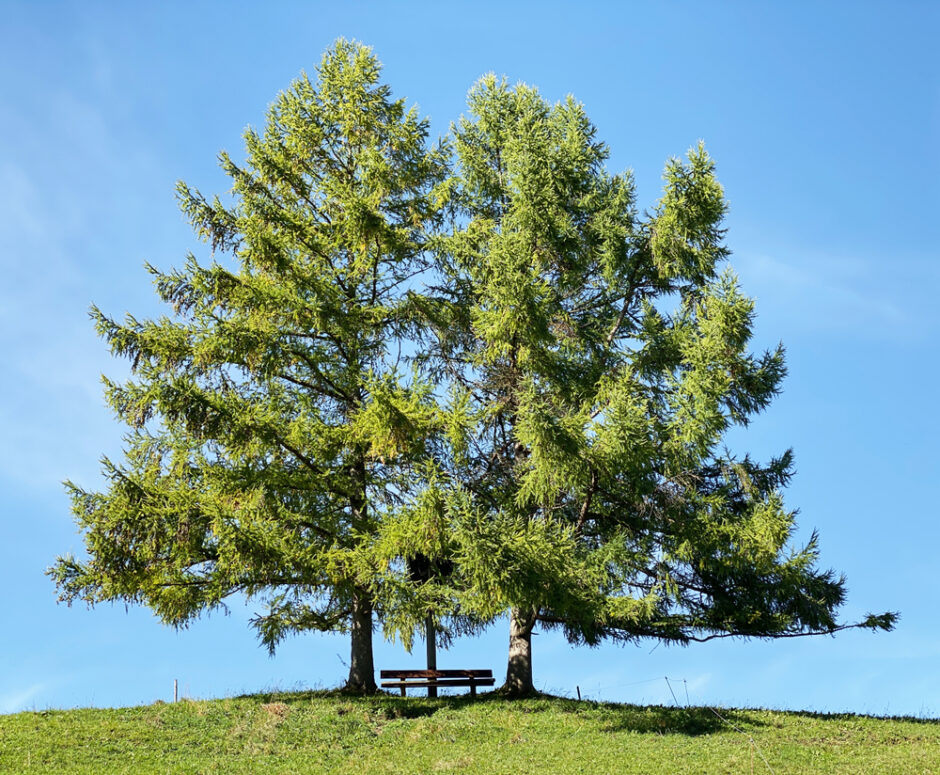
The European Larch is one of those most curious of conifers, because it’s deciduous. Used extensively in Forestry in the UK, it stands out very clearly to the untrained eye during the autumn when its needle begin to change colour from green to yellow to an orangey brown. Then again in the Winter when they have no needles at all.
It makes quite a large tree, and is not suitable for the average modern estate garden.
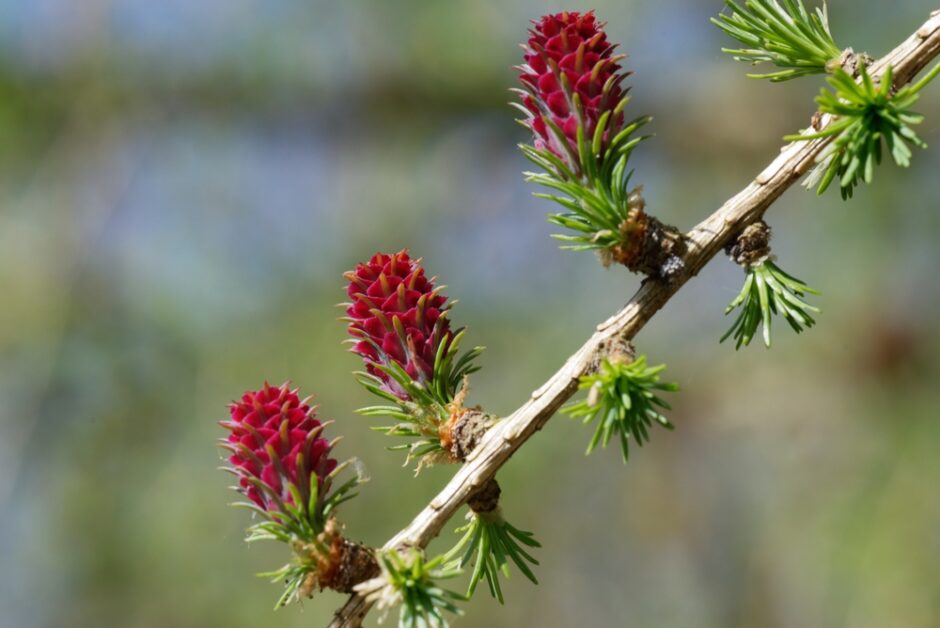
During the Spring, the young needles start to appear, along with the red female flowers which when fertilised by the male pollen will become the seed-baring cones.
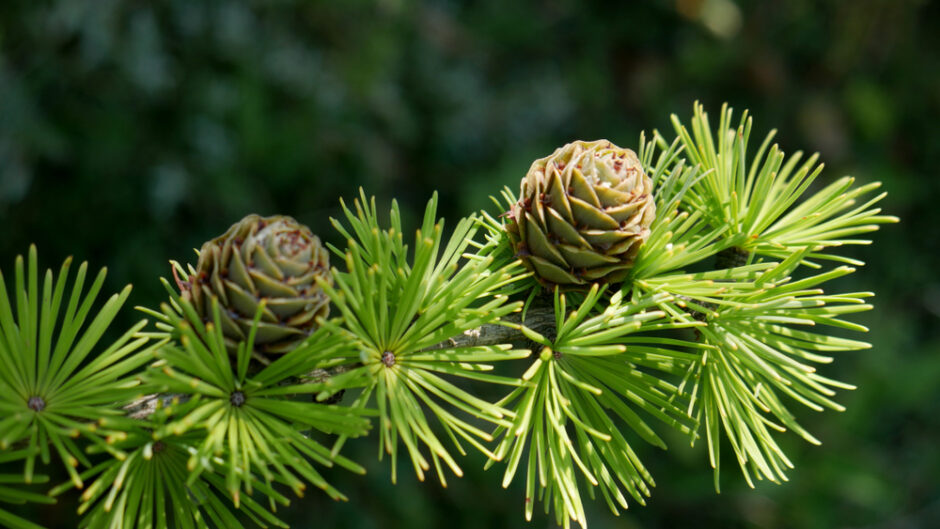
The needles are arranged on the branches in little bunches.
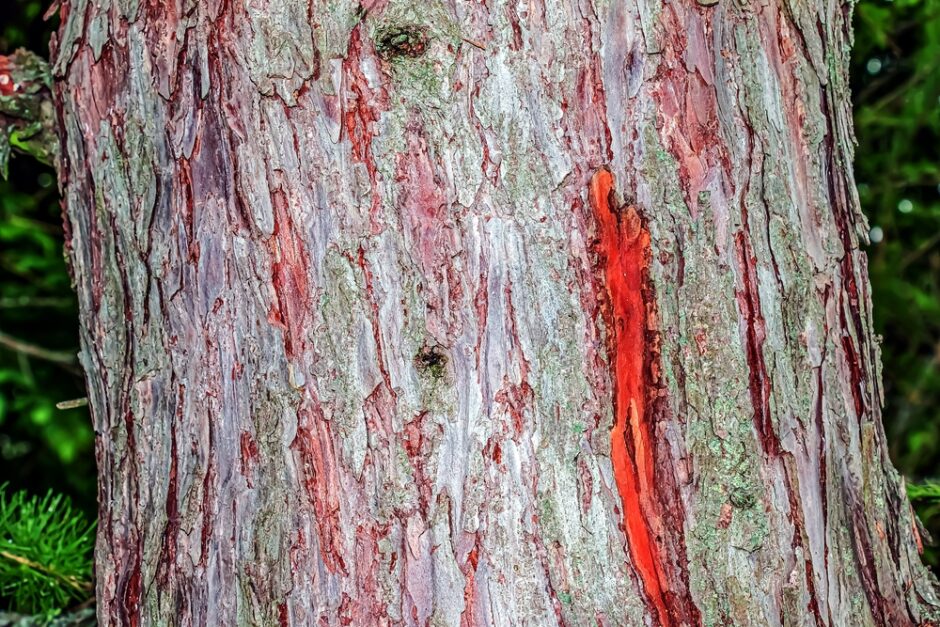
The bark is quite colourful when you get up close enough to take a detailed look.
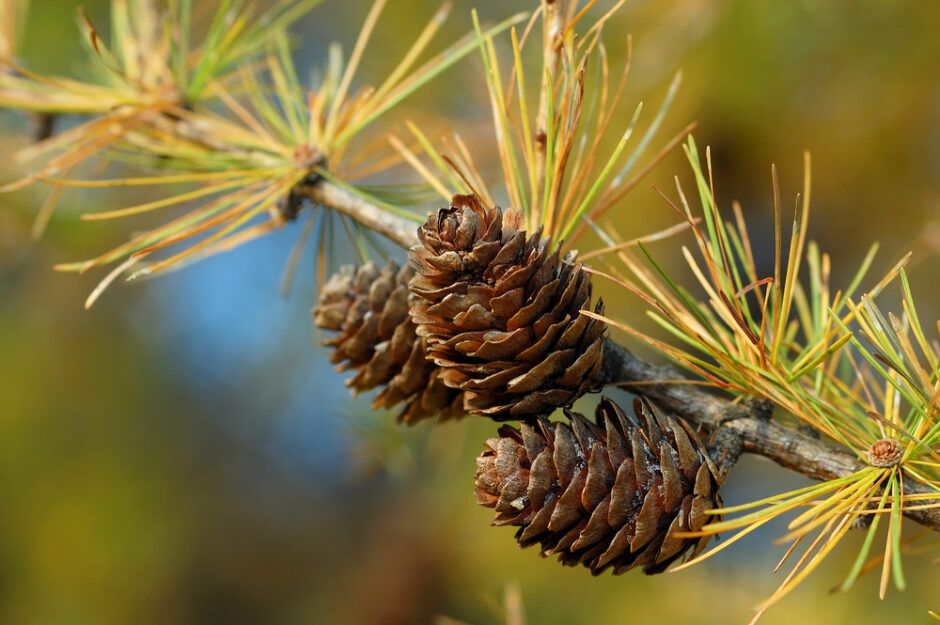
Once the Autumn comes, and the daylight hours are significantly reducing along with the temperature, the tree starts to prepare itself for the onset of winter, and the needle start to change colour.
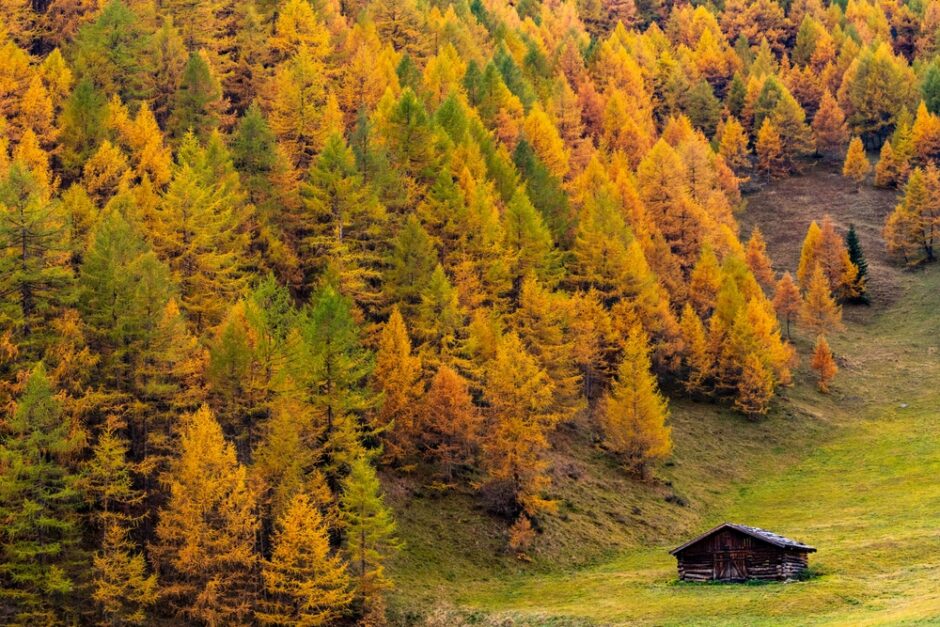
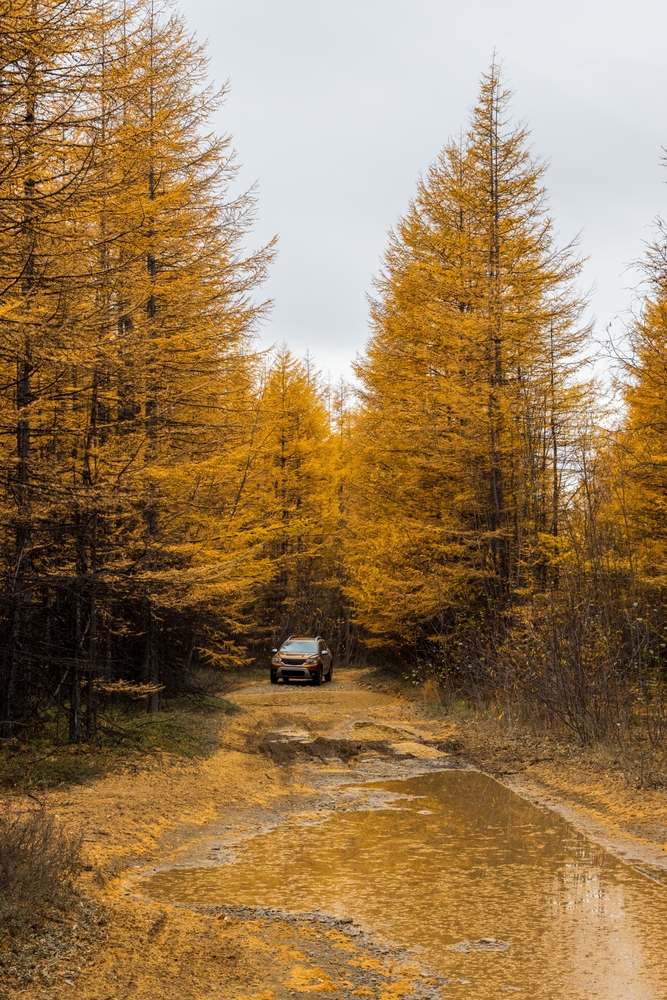
I’m sure that many folks will have seen these sorts of views in the Autumn, if you have ever journeyed into the more hilly areas of the British Isles.
These trees, which exist in their millions are not suitable for small gardens. However there is a weeping variety which you can ‘keep’ small with selective pruning.
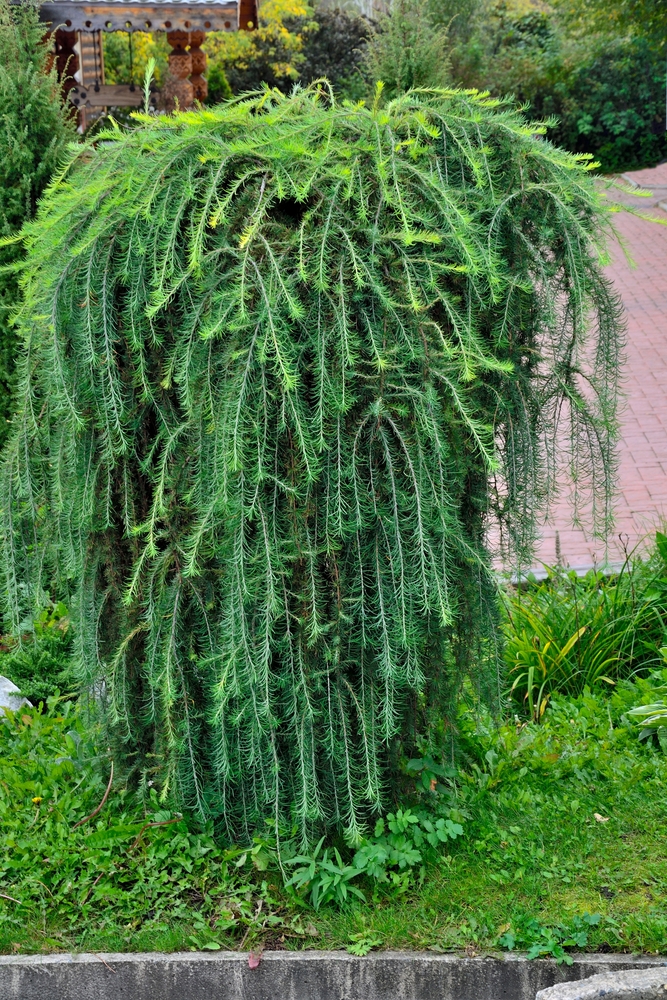
Larix decidua ‘Pendula’ will give you all the same characteristics as the large forest tree, but without the height.
